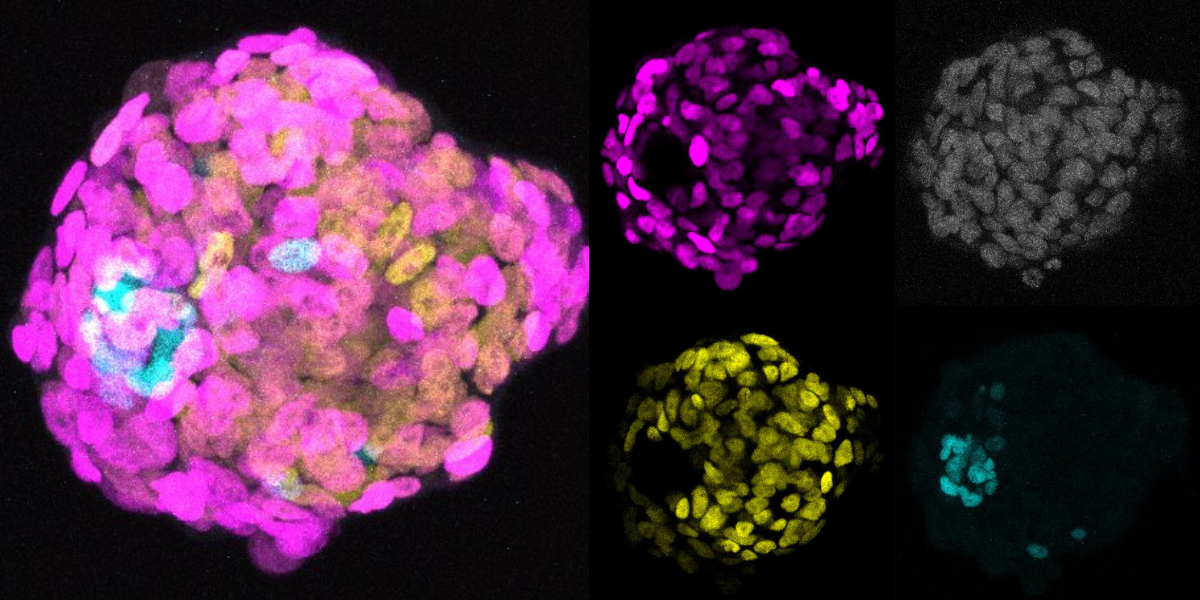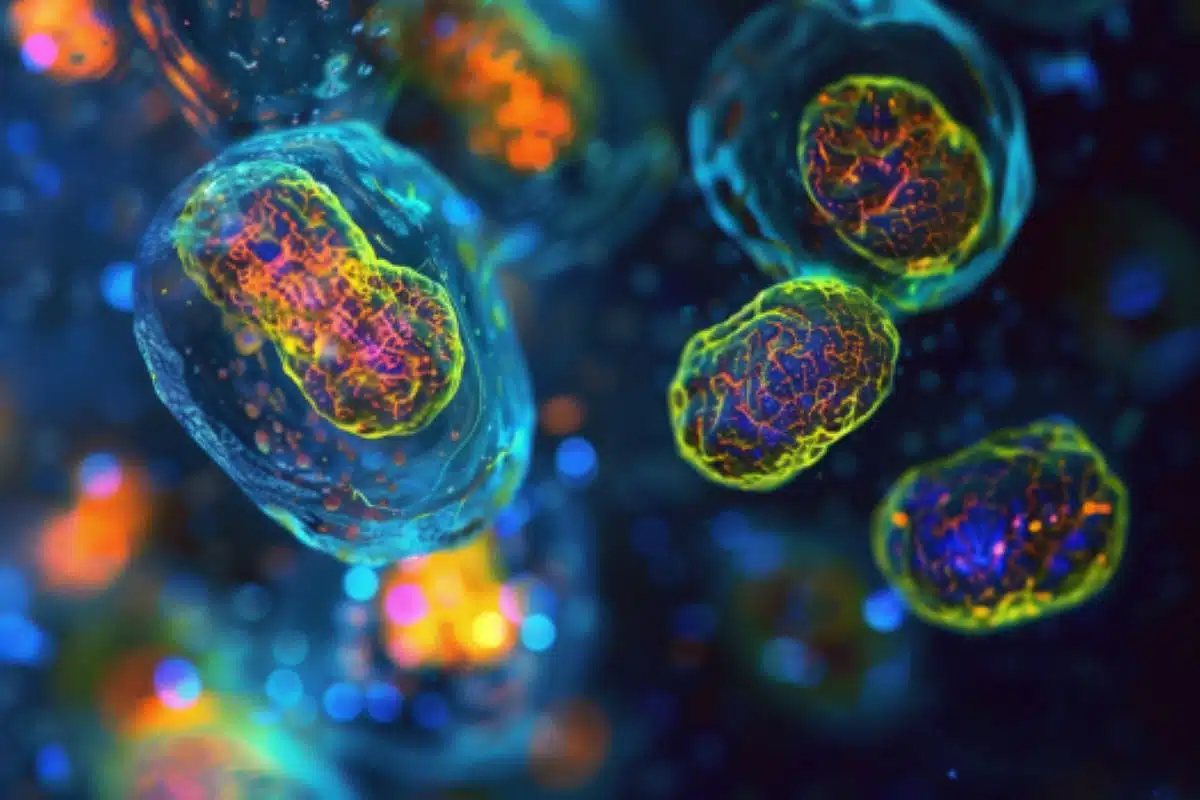Research conducted by Dr Shota Nakanoh in a collaboration between Dr Teresa Rayon’s lab at the Institute and Professor Ludovic Vallier’s lab at the Wellcome-MRC Cambridge Stem Cell Institute has determined that the degree of cell crowding in the early human embryo influences whether cells develop as extra-embryonic cells or become a part of the embryo and eventually give rise to skin, hair and nails. The research is published in the current issue of Science Advances.
Combining the new culture method with three-dimensional culture and single cell RNA sequencing analysis, Dr Nakanoh, the lead researcher on the project, used human pluripotent stem cells (hPSC) to learn more about how amniotic and surface ectoderms arise in human embryos at around gastrulation (around two weeks after fertilisation).




